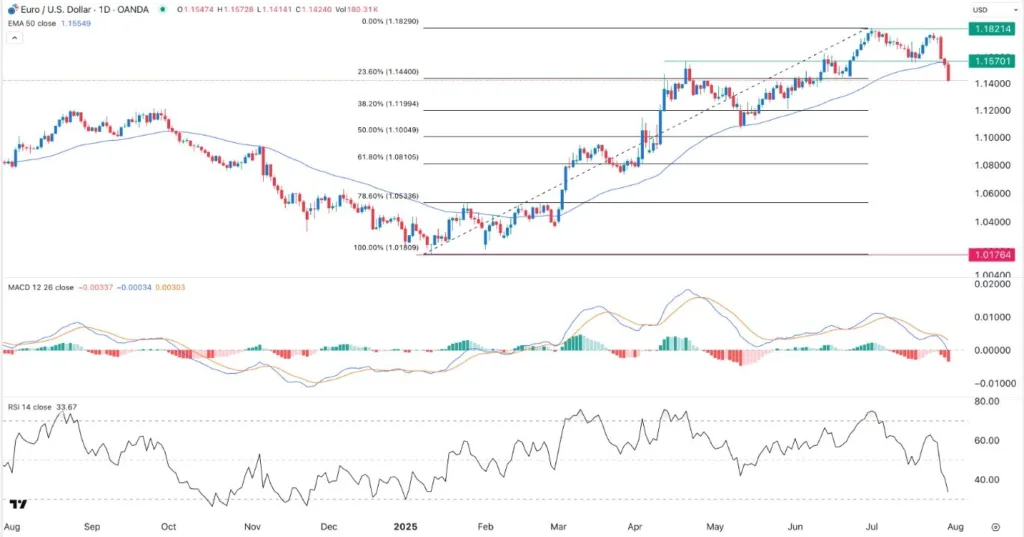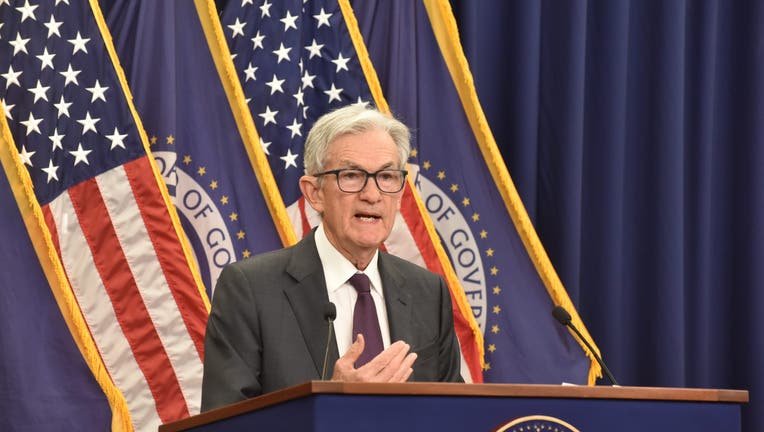Gold (XAUUSD) has recovered from a recent dip, finding support around $3,300 per ounce after a four-day losing streak. This rebound signals renewed buying interest at a key psychological level, reflecting gold’s continued appeal as a safe haven amid global uncertainties, with the USD firmly lower this year.
The price of gold currently sits at approximately $3,328.14 per troy ounce, a modest 0.03% increase from the previous day. This upward movement follows a decline from a recent high near $3,440, suggesting a potential stabilization in price action.

Over the past week, gold’s price trajectory has been characterized by a dip to the $3,300 area followed by a bounce, indicating buyers are active at this support level. However, the precious metal remains below its recent peak, consolidating as market sentiment turns cautiously optimistic.
Technical analysis indicates that momentum is stabilizing, with the market closely monitoring resistance in the $3,350–$3,370 range and support near $3,320. A break above the resistance could signal further gains, while a drop below support might lead to renewed selling pressure.
Looking at the broader picture, gold prices are down about 0.31% over the past month, yet remain 36% higher than a year ago, underscoring the long-term strength of the uptrend.
The 50-day simple moving average (SMA) currently stands at $3,349.71, with gold trading just below this level. This suggests a neutral to slightly bearish short-term technical outlook. In contrast, the 200-day SMA, at $3,131.15, is well below current prices, indicating a firmly bullish medium- and long-term trend.
The market’s near-term direction will likely be heavily influenced by upcoming macroeconomic data releases. This week’s Q2 GDP, Core PCE inflation, and Nonfarm Payrolls figures from the U.S. will be crucial in shaping monetary policy expectations.
Analysts forecast gold to trade around $3,384 by the end of this quarter and potentially reach $3,530 in 12 months. These projections reflect a generally positive outlook, driven by expectations of continued safe-haven demand and potential monetary easing.
The recent pullback in gold prices was partly driven by improved risk sentiment stemming from progress in U.S. trade negotiations. However, geopolitical risks remain a significant underpinning for gold’s long-term appeal. Ongoing conflicts and assertive foreign policy moves by major powers continue to fuel demand for safe-haven assets.







